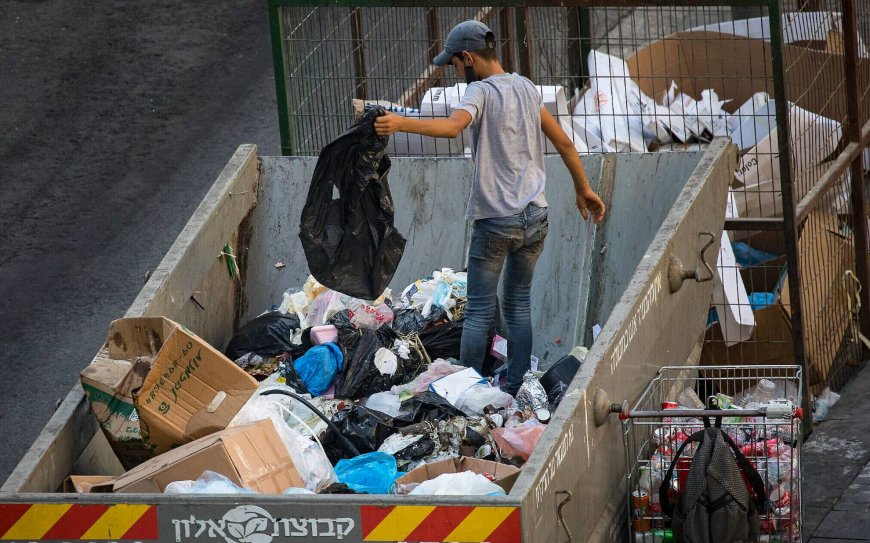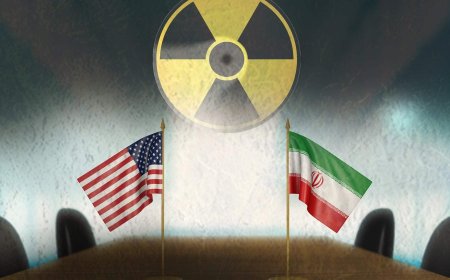Israel's sluggish economy and growing number of protests

In occupied Palestine, protests against Netanyahu's government are intensifying by the day. One of the reasons for these protests is the economic hardship and misery of the Israelis.
A survey conducted by the Histadrut, Israel's General Union of Labor, shows troubling information about the economic condition of Israelis.
• 28% of respondents to the study said that they had avoided medical care at least once owing to the high cost.
•69% of those polled said that the high cost of living increased their mental stress.
• 33% of respondents reported beginning to get financial assistance from family, friends, charity organisations, the welfare ministry, or the municipality.
• 61% of respondents in the survey are looking for a second job to supplement their current one.
• 60% of survey respondents stated they would not purchase more items and services than previously.
• 25% percent of respondents were unable to save their monthly income.
• 36% of survey respondents reported having no funds to handle unanticipated bills.
The ratings of Israel's national insurance programmes for 2021, as reported by Israel Hayom, placed Israel at the bottom of the list of the Organization for Economic Co-operation and Development (OECD).
By: Z. Hakim-Bashi













































